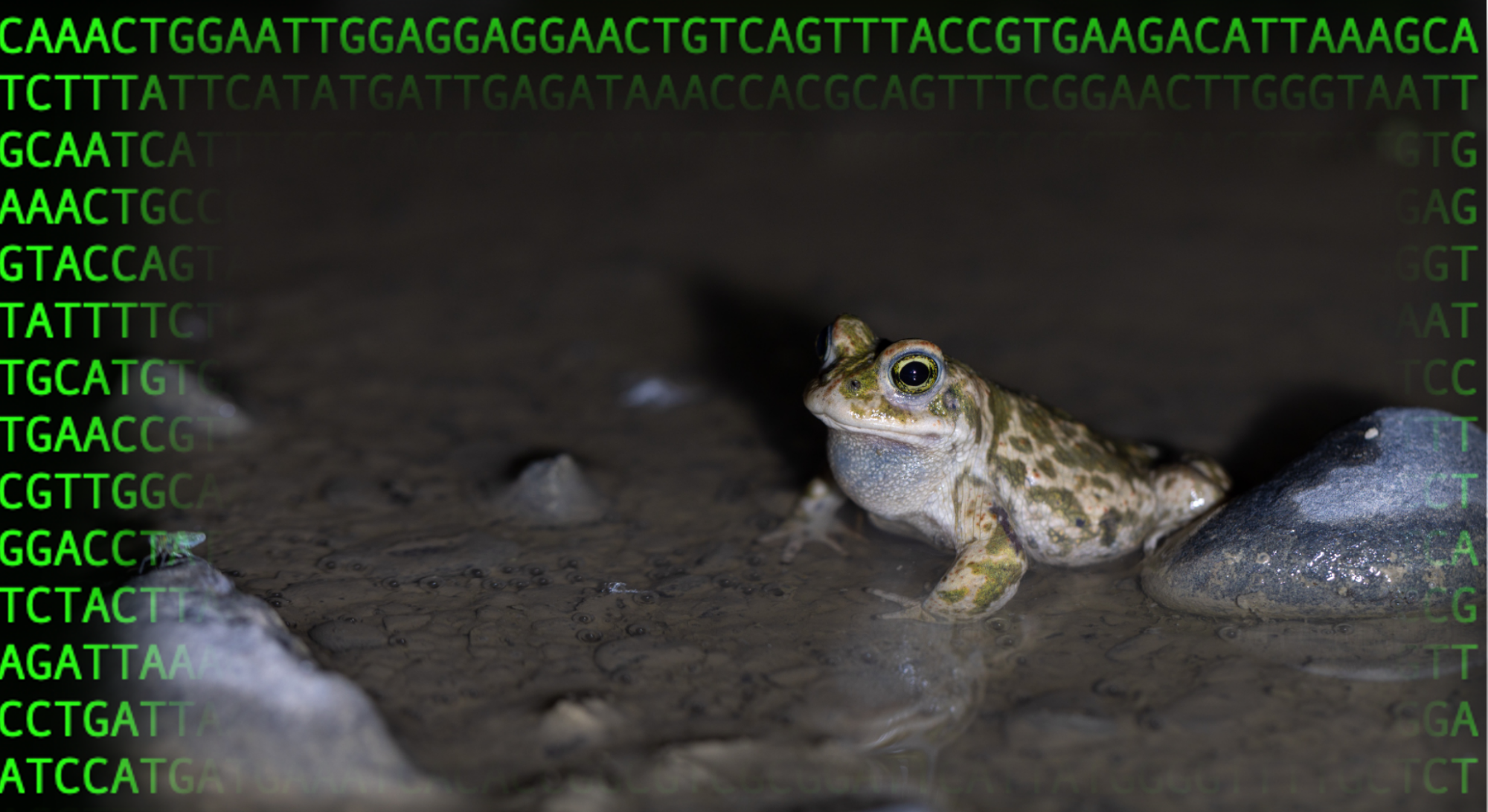Genetic diversity comprises all differences in the genetic material (DNA sequence) of individuals and populations of a species. It is hereditary and is a prerequisite for organisms to be able to adapt to influences that affect their living (e.g. pathogens, competitors, predators) and inanimate (e.g. drought, temperature, soil pH) environment.
Genetic diversity is thus a prerequisite for the short- and long-term survival of populations and species.
The loss of genetic diversity is a topical issue. In a recent study (Leigh et al. 2019), a global decline in genetic diversity in wild organisms averaging 6% since the Industrial Revolution was observed. Whether and to what extent this also applies to species in Switzerland is not yet known.
A biodiversity monitoring (BDM), in which changes in species diversity in landscapes and habitats are tracked over time, has been running in Switzerland since 2001. Switzerland’s other two major monitoring programmes, ALL-EMA (species and habitats in agriculture) in agricultural land and WBS (impact assessment of biotope protection in Switzerland) for biotopes of national importance, focus on changes in habitats and landscape elements. There is currently no specific monitoring of genetic diversity, either in Switzerland or worldwide. Among researchers*, the importance of genetic diversity for the future adaptation and thus survival of species has long been known. To date, however, the current state of genetic diversity and changes over time have not been studied in the context of a monitoring. Due to rapid developments in sequencing technology, however, this should be possible today. In this pilot study we are testing the feasibility of monitoring genetic diversity on the basis of five selected species.
Leigh et al. 2019: Estimated six percent loss of genetic variation in wild populations since the industrial revolution. Evolutionary Applications 12, 1505-1512.

